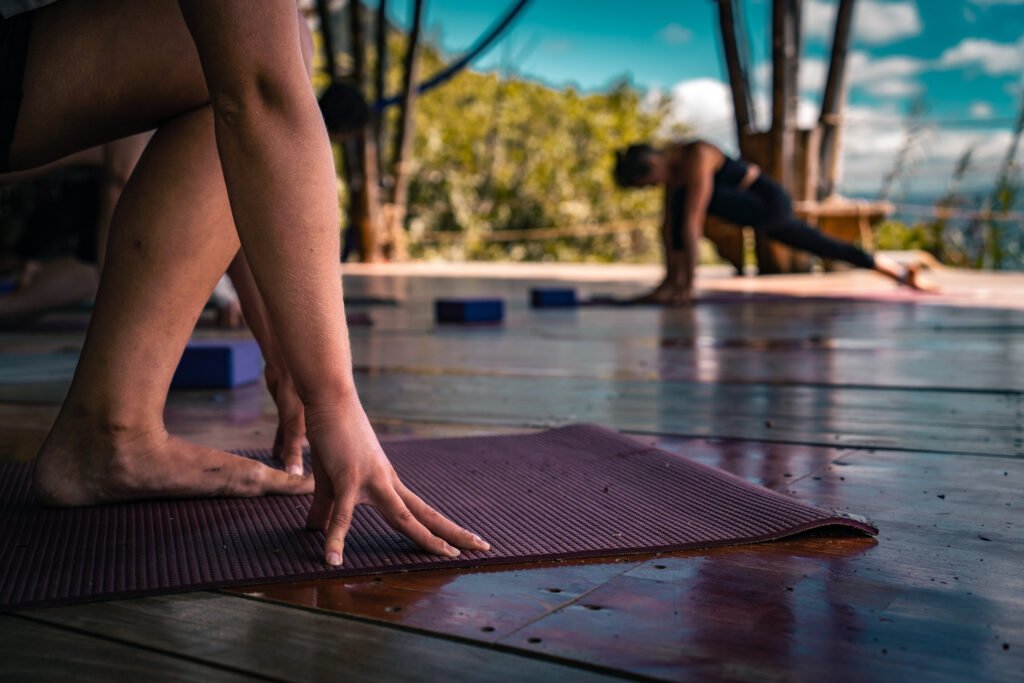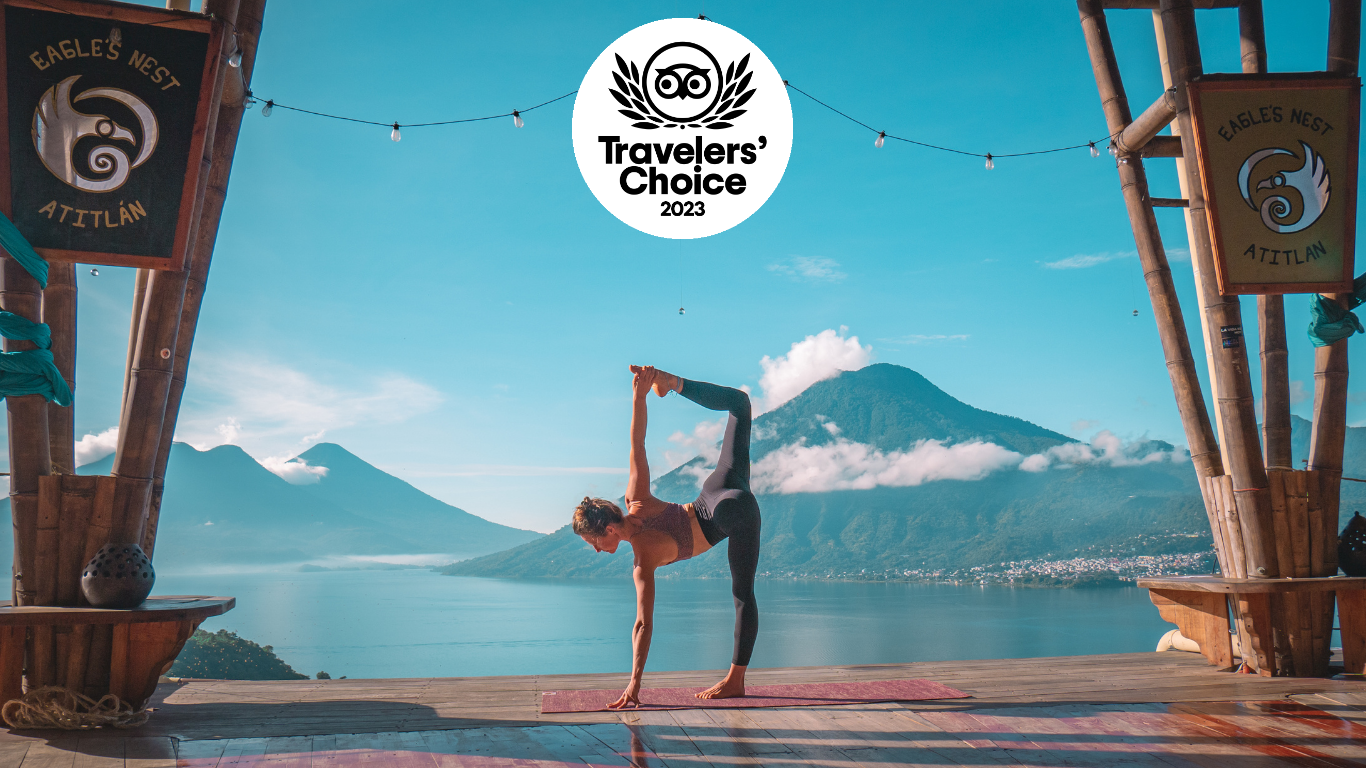Discover the Top 4 Transformative Powers: What is Somatic Yoga?

Understanding the Concept of Somatic Yoga
Somatic Yoga represents a unique fusion of ancient yogic wisdom with contemporary somatic techniques, creating a practice that accentuates the intricate relationship between the mind, body, and spirit. This holistic form of yoga is characterized by its emphasis on internal bodily perception and mindful movement, encouraging individuals to dive deep into the subtleties of their physical experiences. It promotes a reflective and introspective practice that goes beyond the mechanical execution of postures, inviting practitioners to engage in a dialogue with their bodies. By doing so, Somatic Yoga serves as a powerful tool for self-discovery and personal growth, nurturing a sense of peace and embodied presence.
Defining Somatic Yoga
Somatic Yoga is a contemplative approach to yoga that focuses on the internal experience of movement and breath. It champions a mindful exploration of bodily sensations, directing attention towards how movements feel rather than how they look. This form of yoga is less about achieving the perfect pose and more about the process of getting in tune with the body’s innate intelligence. By emphasizing internal awareness and proprioception, Somatic Yoga encourages a journey of self-awareness and embodied mindfulness. It is a gentle and therapeutic modality that supports the body’s natural healing processes and nurtures a profound connection to oneself.
Origins and History
The roots of Somatic Yoga can be traced back to the mid-20th century, reflecting the convergence of different disciplines including yoga, somatics, and body-mind centering. Thomas Hanna, a pioneer in the field, coined the term “somatics” to describe a holistic approach to understanding the body from within. His work, along with contributions from other influential figures like Moshe Feldenkrais and Mabel Ellsworth Todd, has shaped the framework of Somatic Yoga. Infusing elements of Hatha and Kundalini yoga with somatic principles, practitioners are guided to develop heightened body awareness, promoting overall well-being. This interdisciplinary approach has gained recognition for its potential to address both physical ailments and emotional imbalances.
The Benefits of Practicing Somatic Yoga
Embarking on the journey of Somatic Yoga offers a wide array of benefits that extend far beyond mere physical health. As one engages in this practice, they begin to notice enhanced muscular suppleness, increased range of motion, and a more profound sense of ease within their body. By centering on slow, intentional movement, Somatic Yoga fosters a deep sense of inner calm, reduces stress levels, and cultivates a mindful approach to everyday life. The heightened awareness gained through this practice supports emotional stability and contributes to mental clarity. Whether you’re seeking to alleviate pain, improve posture, or find a safe haven for self-reflection, Somatic Yoga presents a pathway to a more balanced and harmonious state of being.
Physical Health Benefits
The practice of Somatic Yoga offers numerous physical health benefits, making it a valuable addition to anyone’s wellness routine. By focusing on slow, mindful movements, Somatic Yoga helps improve muscular flexibility and joint mobility. This gentle yet intentional approach can lead to better posture and alignment, alleviating chronic pain and discomfort, particularly in the back, neck, and shoulders. Moreover, the emphasis on somatic awareness encourages a deeper breathing pattern, which enhances lung capacity and oxygen intake, benefiting overall cardiovascular health. Regular practitioners often experience a reduction in physical tension and stress, improved balance, and enhanced coordination, making daily activities easier and more comfortable.
Mental Health Improvements
Somatic Yoga is a deeply therapeutic practice with the power to transform one’s mental well-being. Its gentle movements paired with conscious breathing techniques create a sanctuary for mental processing and relaxation. Regular engagements with Somatic Yoga can help diminish the impact of day-to-day stresses and cultivate a restorative sense of peace. Practitioners often report feeling more grounded, emotionally resilient, and equipped with tools to navigate life’s challenges with grace. This practice can be especially valuable for individuals dealing with anxiety, depression, or trauma as it promotes healing and fosters a compassionate self-relationship. Through somatic exploration, one can develop a greater understanding of their mental patterns and emotional responses, leading to a more mindful and fulfilling life.
How to Incorporate Somatic Yoga Into Your Daily Routine
Integrating Somatic Yoga into daily life doesn’t require a significant time commitment or drastic lifestyle changes. By setting aside a few moments each day to engage in somatic practices, one can gradually cultivate a deeper connection to their body’s natural wisdom. A brief morning session can serve as a refreshing body scan to set a positive tone for the day. Throughout the day, individuals can integrate somatic exercises during work breaks to alleviate tension and maintain focus. Evening routines involving Somatic Yoga can act as a therapeutic tool to unwind and transition smoothly into a restful state before bedtime. Establishing a regular practice, no matter how short, can foster resilience, flexibility, and a harmonious balance between the body and mind.
Simple Daily Practices
Incorporating Somatic Yoga into your daily routine can be both simple and profoundly beneficial. Begin with short sessions, dedicating just 10-15 minutes each day to mindful movements and breath awareness. Start your morning with a gentle somatic stretch sequence to awaken the body and tune into your sensory experience. During your day, take brief breaks to practice somatic breathing exercises, which can help reduce stress and enhance focus. Incorporating evening sessions can facilitate relaxation and prepare your body for a restful night’s sleep. Remember, consistency is key, and even small, regular practices can lead to significant improvements.
Recommended Resources
For those looking to deepen their practice, a wealth of resources is available. Online platforms offer instructional videos and guided sessions from experienced Somatic Yoga instructors. Books such as “Somatic Yoga: Awakening Awareness Through Movement and Yoga” provide comprehensive insights and exercises designed to integrate somatic principles with yoga. Attending workshops or classes, whether virtual or in-person, can also enhance your understanding and practice. Furthermore, smartphone apps dedicated to somatic practices can offer structured routines, reminders, and progress tracking, making it easier to incorporate Somatic Yoga into a busy schedule.

Common Misconceptions About Somatic Yoga
As Somatic Yoga gains popularity, it’s crucial to dispel myths that hinder its potential. Contrary to the belief that it lacks rigor, Somatic Yoga’s mindful and gentle movements effectively nurture strength and vitality. It’s also wrongly thought to benefit only specific demographics, but Somatic Yoga is accessible and adaptable for all, enhancing both physiological and psychological health. By clarifying these misconceptions, we can better appreciate Somatic Yoga’s true capacity to improve well-being.
Myth vs. Reality
Despite its growing popularity, Somatic Yoga is often misunderstood. One common misconception is that it is too passive to be effective. Contrary to this belief, the mindful and deliberate movements in Somatic Yoga engage the body in profound ways, leading to significant physical and mental benefits. Another myth is that Somatic Yoga is only suitable for those with injuries or chronic pain. While it is indeed beneficial for such conditions, the practice is equally valuable for healthy individuals seeking to enhance their body awareness and overall well-being.
Addressing Doubts and Concerns
Concerns about the accessibility of Somatic Yoga often stem from its perceived complexity. However, the principles are straightforward and applicable to all fitness levels. Beginners are encouraged to start slowly and listen to their bodies, gradually building their practice over time. Some may doubt the legitimacy of its benefits without a high-intensity workout component, but numerous studies and anecdotal evidence support its efficacy in improving both physical and mental health. Ultimately, the transformative power of Somatic Yoga lies in its ability to reconnect individuals with their bodies, fostering a holistic approach to health that transcends conventional exercise routines.
FAQ: Questions and Answers of what is somatic yoga
What is the difference between yoga and somatic yoga?
Yoga is a broad term that encompasses a variety of physical, mental, and spiritual practices aimed at achieving overall well-being and harmony. Traditional yoga includes various styles such as Hatha, Vinyasa, and Ashtanga, focusing on physical postures (asanas), breath control (pranayama), and meditation. Somatic yoga, on the other hand, is a more specialized form that blends traditional yoga with somatic practices. It emphasizes the internal experience of movement and senses, aiming to improve body awareness and release chronic muscle tension by using slow, mindful movements. Somatic yoga often incorporates techniques from somatic therapies like the Feldenkrais Method, Alexander Technique, and Hanna Somatics to enhance the mind-body connection and promote healing from within.
What is somatic yoga exercise?
Somatic yoga exercises are a combination of traditional yoga poses and movements based on somatic principles that focus on the internal experience of the body. These exercises promote awareness of habitual movement patterns and help release muscle tension. Typical somatic yoga exercises include slow, gentle movements that encourage exploration of the body’s sensations and alignment. Examples include Cat-Cow stretches, spinal twists, and gentle hip openers performed with a heightened sense of body awareness. The objective is to cultivate a deeper connection between the mind and body, allowing for increased mobility, reduced pain, and overall relaxation.
Does somatic yoga really work?
Yes, somatic yoga has been found to be effective for many individuals, particularly those dealing with chronic pain, stress, and tension in the body. By promoting heightened body awareness and mindful movement, it can help release chronic muscle tension and improve posture. Studies and anecdotal evidence suggest that practicing somatic yoga can lead to a reduction in pain, improved mobility, and a greater sense of well-being. The slow and gentle nature of the practice makes it accessible to people of all ages and fitness levels, contributing to its effectiveness.
Can you lose weight with somatic yoga?
While somatic yoga may not be as intense as traditional yoga styles like Vinyasa or Ashtanga, it can still contribute to weight loss indirectly. The mindful and gentle movements help reduce stress and increase body awareness, which can lead to better lifestyle choices and a healthier relationship with food. Additionally, somatic yoga can improve posture, flexibility, and muscle tone, all of which can enhance overall physical fitness. However, for significant weight loss, it is advisable to combine somatic yoga with other forms of physical activity and a balanced diet.
How often should you practice somatic yoga?
The frequency of practicing somatic yoga can vary depending on individual goals and needs. For general well-being and maintaining flexibility and body awareness, practicing somatic yoga three to four times a week is beneficial. Those dealing with chronic pain or recovering from an injury may find daily practice helpful. Since somatic yoga focuses on gentle movements and body awareness, it is generally safe to practice regularly without the risk of overexertion.
Is somatic yoga suitable for beginners?
Yes, somatic yoga is highly suitable for beginners due to its gentle and mindful approach. The emphasis on slow movements and internal awareness makes it accessible for people of all fitness levels and ages. Beginners can benefit from the focus on body awareness, which helps prevent injury and promotes a safe, gradual improvement in flexibility and strength. The low-intensity nature of somatic yoga is particularly beneficial for those new to physical exercise, offering a gentle introduction to yoga practices.
What are the benefits of somatic yoga?
Somatic yoga offers a range of benefits, including improved body awareness, reduced chronic pain, and enhanced flexibility and mobility. By focusing on mindful movement and internal sensations, it helps release muscle tension and improve posture. Additional benefits include stress reduction, improved mental clarity, and a sense of relaxation and well-being. Somatic yoga can also support the healing process for those recovering from injuries and contribute to better overall physical and mental health.
Are there any specific props needed for somatic yoga?
While somatic yoga can be practiced with minimal equipment, certain props can enhance the practice by providing additional support and comfort. Common props include yoga mats, bolsters, blankets, and straps to assist with alignment and facilitate deeper relaxation. Using a chair or wall for support can also be helpful, especially for those with limited mobility or balance issues. These props can make somatic yoga more accessible and tailored to individual needs, allowing for a more personalized and effective practice.
Summary of what is somatic yoga
In conclusion, Somatic Yoga offers a transformative journey towards holistic well-being by integrating mindful movement, breathwork, and somatic awareness. Understanding its concepts and history reveals its profound benefits for both physical and mental health. Incorporating simple daily practices and leveraging recommended resources can make it an accessible addition to any routine. By debunking common misconceptions, we see that Somatic Yoga is an inclusive, adaptable practice that fosters a deep connection between the body and mind, enhancing overall quality of life.

Looking for a place to stay? At Eagles Nest Atitlan we offer all inclusive rooms. Take advantage of the yoga classes, delicious traditional food, and breathtaking views that are at your disposal. Book here.



